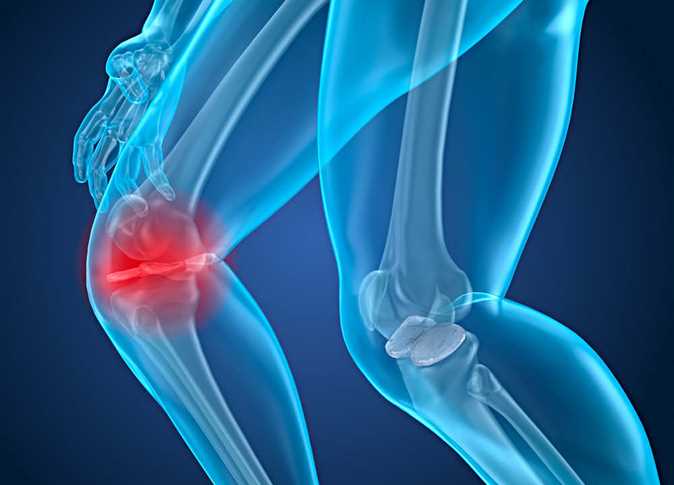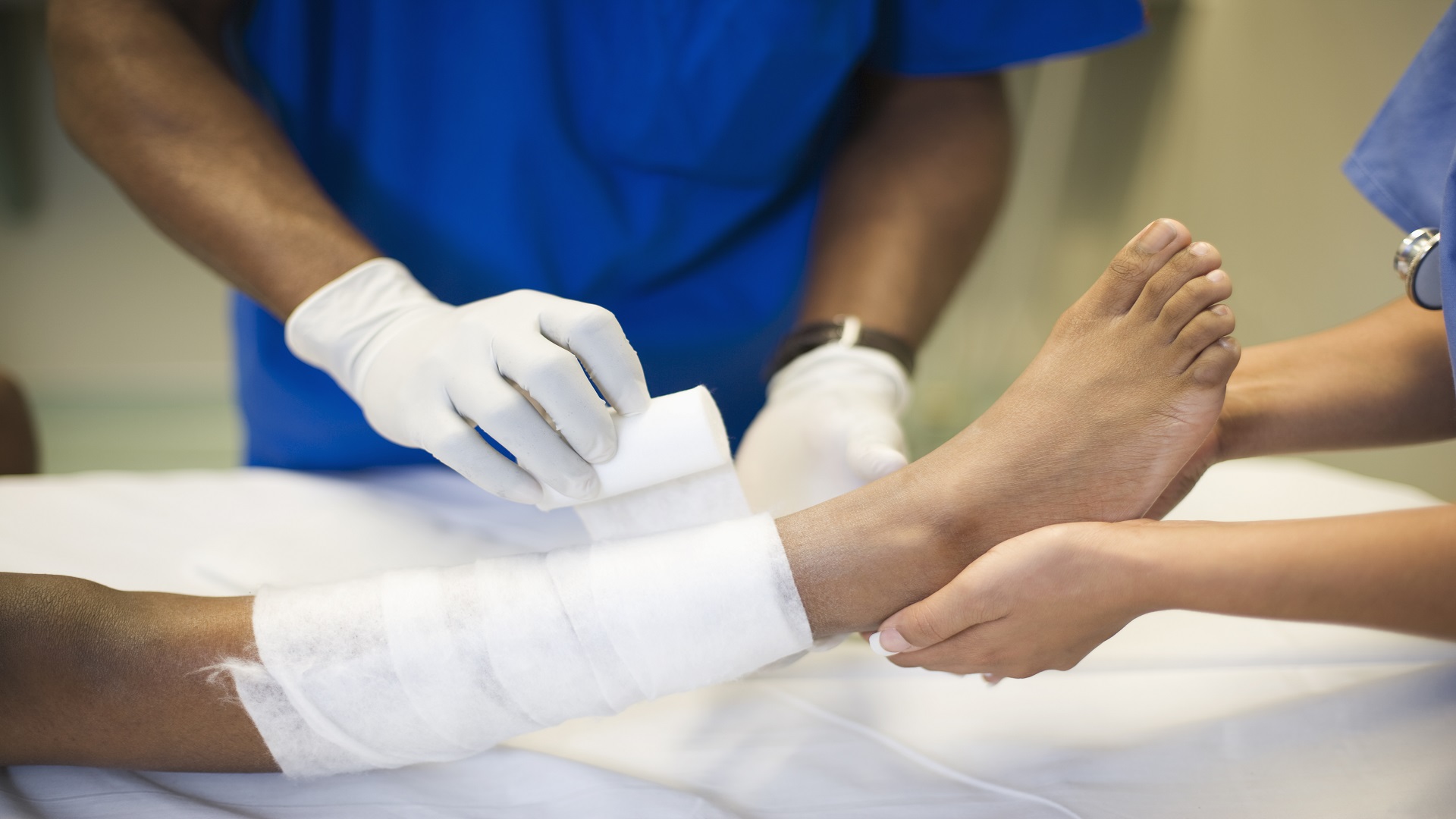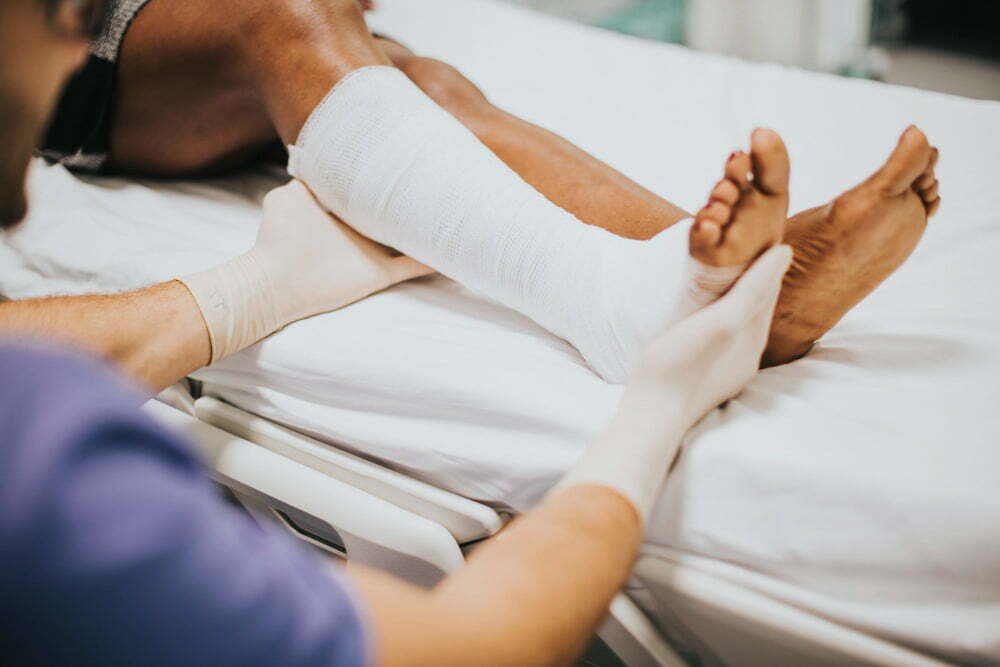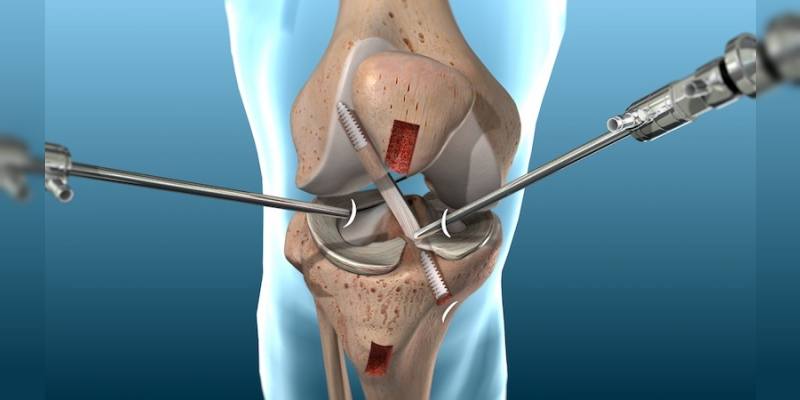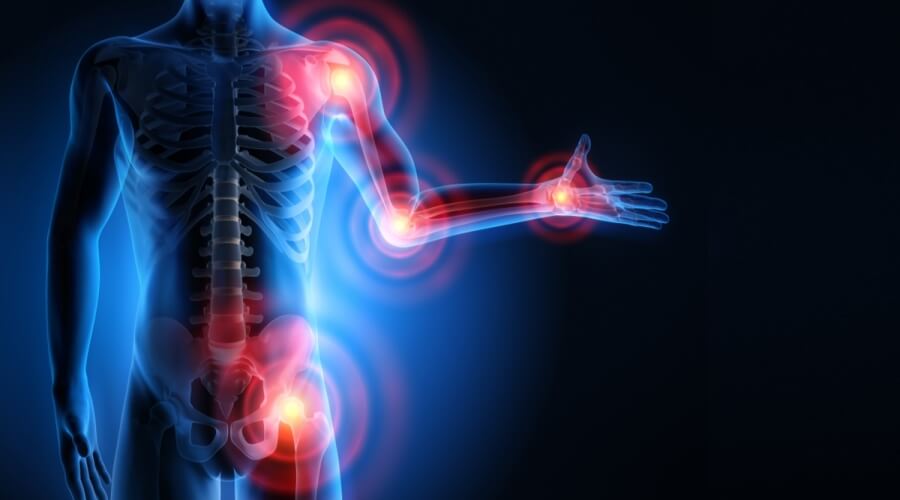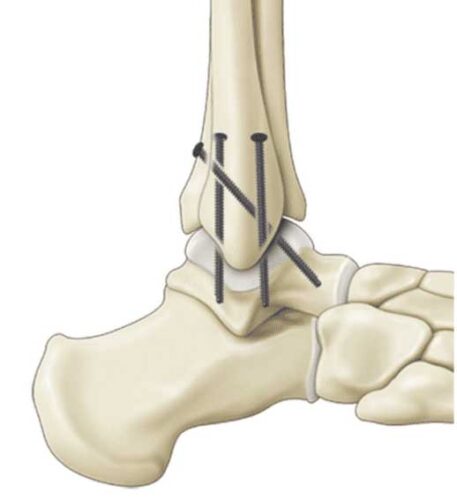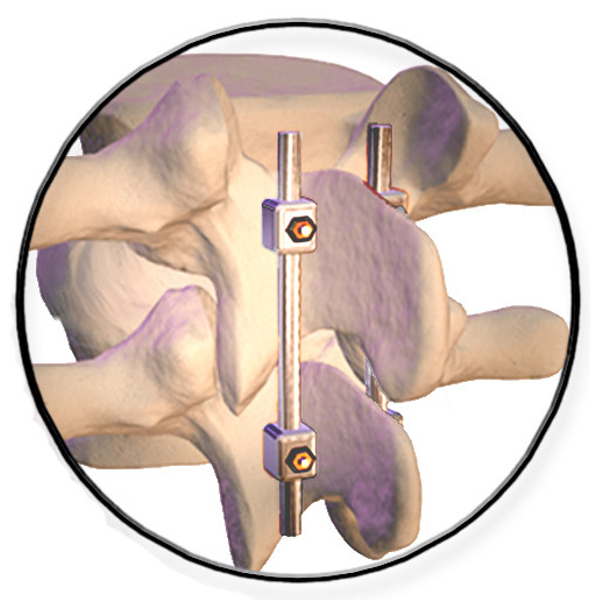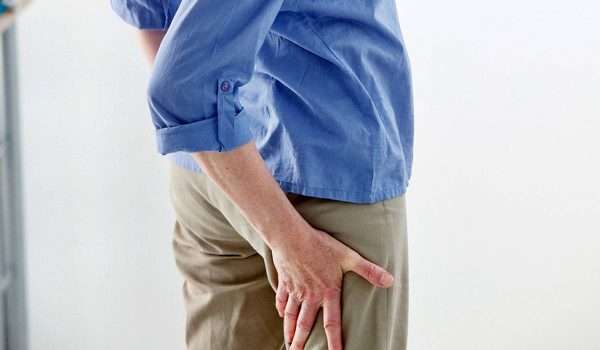What you do not know about knee friction
Knee friction during movement may be the result of many factors, and to obtain an appropriate treatment for it, its cause must be identified from the beginning. In the following article, we will present a lot of information related to this topic, so let us read the following.
knee friction
Knee friction is known medically as arthritis, which is a condition in which the natural lining that exists between the joints, called cartilage, fades away, and the disappearance of this cartilage causes the bones of the joints to rub against each other largely, and this results in severe pain, swelling, stiffness, and the inability to move well.
Knee friction is diagnosed by performing some procedures, such as:
- Blood laboratory tests: These tests play a major role in identifying the type of inflammation that may affect the joints.
- Physical examination: This is done by a specialist doctor who performs a physical examination well before anything else.
- X-rays: through which erosion occurs in the cartilage, the narrowing of the joint space, and the places where there are bumps, and this helps to exclude other causes that were not necessary.
- Arthrocentesis: This is done in the specialist doctor’s office, where a sample of the fluid present in the joint is withdrawn and examined thoroughly to identify the real cause behind the friction, whether it is cartilage, gout, or infection.
- Arthroscopy: It is one of the techniques used in some surgeries, through which small cameras are inserted into the affected joint to obtain clear images of the damage to the joint.
- MRI: This provides clearer images of cartilage and other parts to see how much deformation has already occurred in the knee joint.
Bone friction in the knee
Suffering from bone friction in the knee is a matter that causes great discomfort to many individuals, and here is how to prevent this through the following tips:
- Avoid gaining weight above the normal rate to reduce the pressure on the knee area, because obesity leads to knee friction and increases the secretion of cytokines that cause severe inflammation in the knee area.
- Be careful not to suffer any direct injuries to the cartilage by paying attention not to stumble at home, wearing comfortable shoes, and wearing some protective equipment when exercising.
- Performing some tests from time to time in front of a physiotherapist for early detection of any abnormality and the ability to treat it early to get rid of it easier, such as Posture and bone alignment tests.
- Take care not to overuse the knee joint by not exaggerating in some exercises such as squatting.
- The necessity of starting treatment of bone friction resulting from arthritis immediately upon discovery and not neglecting it, as it may cause many serious complications for the individual.
Causes of knee friction
There are many causes of knee friction, examples of which are:
- Aging: Over time, the knee bones become thinner and weaker as a result of excessive use, and this makes them more susceptible to this.
- Obesity: the presence of excess weight in the human body causes severe pressure on the knee area, and this over time exposes the bones to friction with each other.
- Joint collision: Suffering from joint trauma is one of the causes that lead to friction, and it is the result of many factors such as exposure to fractures, exposure to serious injuries, or surgery that damages the knee joint, and symptoms may not appear until several years after the injury.
- Having a family history: Genetic factors are a major factor in suffering from arthritis, as the presence of a family member who suffers from it may increase the chance of developing it.
- Disease or congenital defect: There may be many diseases that cause bones to rub against each other, such as gout, septic arthritis, metabolic disorders, poor bone alignment, and congenital anomalies.
Knee friction treatment
Many people wonder about what is the treatment of knee bone friction. There are many ways in which this question can be answered according to the severity of the injury that may have occurred to the individual, and only the doctor can determine the appropriate treatment according to the situation in front of him, and examples of drugs that can be recommended in treatment are:
- Non-steroidal anti-inflammatory drugs: This type of medicine is recommended for those who suffer from some severe to moderate pain, but these medicines may have serious side effects for the elderly and those suffering from high blood pressure and heart disease, and therefore they should not be taken without a doctor’s permission.
- Topical analgesics: This lies in ointments and creams that contain therapeutic properties that suit the individual’s condition, and are placed directly on the knee area to relieve pain and swelling.
- Injections: Many injections can be taken that relieve the symptoms of knee roughness, such as steroid injections and hyaluronic acid injections.
- Glucosamine and chondroitin sulfate supplements: These drugs contain substances that are naturally secreted by the body in cartilage to support and strengthen them, and doctors do not recommend them to a large extent because they may be unsafe.
Knee friction treatment with natural herbs
Natural herbs have magical results in treating knee-related problems and getting rid of many symptoms, and here are the most important herbs that contain therapeutic properties:
- Chamomile: It helps to greatly relax, calm the nerves, and relieve pressure on them, which calms the severity of the pain that the individual feels.
- Mustard: It contains therapeutic properties that carry a lot of benefits to the human body. It especially contributes to calming the pain in the knee area, as it greatly helps to improve blood flow in the veins around the knee and relieve pain.
- Ginger oil: It helps greatly to warm the area of pain and get rid of the inflammation in it.
- Olive oil: It is used to massage the affected area because it greatly relieves pain due to its antioxidant content.
- Celery: It contains luteolin, which has many anti-inflammatory properties, which is why it helps treat inflammation in the joints.
- Lemon juice: contains citric acid, which works to reduce the level of uric acid in the blood, which reduces the severity of the pain felt by the individual.
- Eucalyptus oil: It is considered an essential oil and has a similar cooling effect and helps relieve muscle and joint pain and relieve muscle tension.
Can knee friction be cured?
When erosion occurs in the cartilage layer that is present on the surface of the bones, it cannot heal again, and although there is no decisive treatment for this, it is possible to reduce the intensity of friction that occurs in the knee area by following some instructions recommended by the doctor, which help to continue living normally.
What is the treatment of knee bone friction?
The treatment of knee bone friction with each other may be simple without the need for many medications by the doctor, as this may be done by taking a break at home by making some warm and cold compresses and taking pain relievers in case of severe symptoms, and following these tips will be useful if the injury that the individual may have been exposed to is mild and goes away within a few days.

